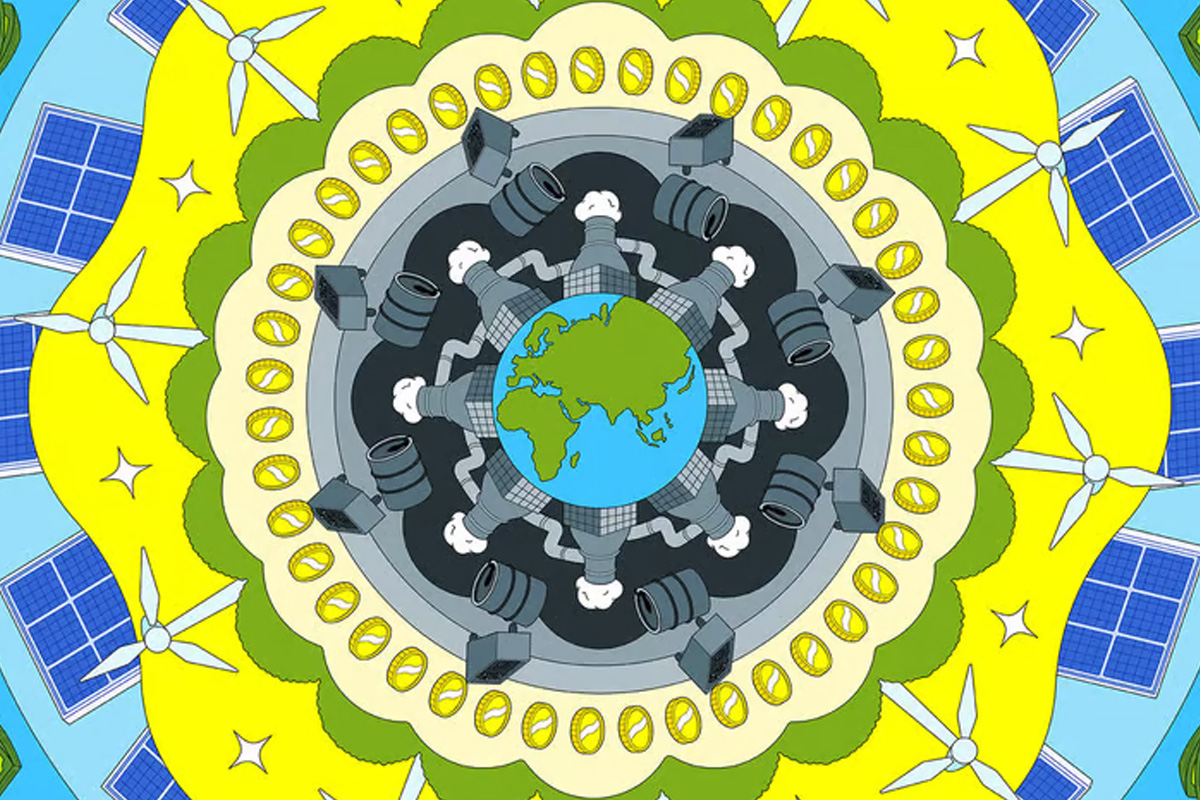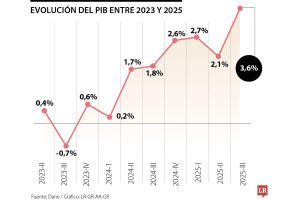Rich countries need not reinvent the wheel
The trickiest issue facing the climate negotiations at COP29, which began in Baku on November 11th, goes by the opaque name of the “new collective quantified goal” (NCQG), mainly because that is more dignified than “bigger pile of money”. The NCQG is meant to replace the longstanding goal of an annual $100bn a year in climate finance from richer countries to poorer ones. It is supposed to be in place by next year, when all countries are expected to say what they are going to do to cut emissions in the next ten years.
A small NCQG, say some developing countries, means less ambitious plans. The chances of a large one, though, look slim. In part that is because rich countries dragged their feet over the old smaller goal. In part it is because Donald Trump, America’s president-elect, is a climate sceptic who wants to spend less abroad. And in part it is because negotiators from all sides tend to make the optics dire whether or not there is progress to be made.
If the negotiators can get their act together, though, there is a significant win to be had. Paying for poor countries to go green should cost less than is widely thought. Moreover, robust channels exist to raise and deploy the money.
To estimate the developing world’s requirements in climate finance, economists add together three financing needs. One is the amount of public money necessary to spark enough private investment in renewable energy. Another comprises compensation paid to poor countries for shutting coal plants (which pollute a lot) while keeping rainforests untouched (allowing for carbon to be stored). Both are crucial to keep net emissions under control. The third bucket—which includes “adaptation” funding to cope with a warmer planet—pursues a different goal. It is obviously necessary; it is also an inherently fuzzier category, and one where developing and developed countries sit far apart.
Excluding adaptation finance from this budget makes the picture clearer. Take the funds to foster renewables first. One of the developing world’s problems is that building lots of solar farms and wind turbines requires a great deal of up-front capital that private investors, cagey about putting money into risky markets, are unwilling to provide. Commercial lenders, for their part, often charge extortionate rates. The good news is that, in many of these countries, a little help from public backers can go a long way towards luring investors and slashing borrowing costs. The Energy Transitions Commission (ETC), a think-tank, estimates that yearly climate investments in the developing world (excluding China) need to triple to $900bn to keep global temperatures from rising by more than 2°C above pre-industrial levels. Most of this will come from governments and the private sector, but development banks’ green subsidies will also need to rise, from $50bn now to $144bn.
This is not a benefit that can be achieved by simply lending to renewable ventures at bargain rates. That would lock in a lot of capital in each transaction and create opportunity costs. Better to provide commercial lenders and investors with guarantees, where a public entity offers to take losses should a project fail to make its promised returns. Those instruments are in fashion: in February the World Bank launched a fund to double loan guarantees to $20bn by 2030. Regional development banks have also clubbed together to provide insurance for green projects and ease repayment schedules.
To encourage developing countries to ditch coal power and keep trees alive—the second aim—rich countries have few options other than offering money. The ETC reckons that, to stick to 2°C of global warming, such handouts must reach $300bn by 2030. Together with subsidies needed to jumpstart renewable projects, this means rich countries must mobilise around half a trillion dollars each year by the end of the decade. Some of this would end up not being spent, as guarantees are intended only as safety-nets. Yet most estimates reckon that adaptation needs could end up doubling the amounts required.
How should climate funds be disbursed? A package of bilateral deals between rich and developing countries would expose funding to geopolitical whims and make it hard to track total commitments. It would probably be wasteful, too, as rich-world governments seek a return on their investments by demanding that the money is used to purchase their own equipment. Creating new multilateral institutions, on the other hand, could end in failure, as rich countries hesitate to trust them and would-be shareholders squabble over terms and conditions. Specialised institutions launched in recent decades are struggling to take off: the Green Climate Fund, the biggest such venture, has disbursed only $16bn since it opened in 2010.
It would be wiser to entrust the World Bank with such a mission. That would require the lender to grow: the ETC’s recommended climate-finance pot is worth about six times what the bank doles out in a year. The institution could borrow a bit more against its equity without damaging its credit rating. On October 15th Ajay Banga, its president, announced that it would decrease its equity ratio to 18% of its borrowing, down from 19%, freeing up $15bn a year. The bank would need a mighty capital injection, too. Geopolitical tensions complicate the task. China is unlikely to be more generous without more of a say, and America refuses to give up its veto over the institution’s decisions.
Sticking with the status quo would be a huge wasted opportunity. Rich countries would get a much bigger bang for their buck—in terms of global emissions reductions—by spending money in the global south. The financial channels and the instruments exist, and the will is there. In an interview with The Economist, Mr Banga says he wants 45% of its lending to go to helping poor countries reduce emissions rather than alleviate poverty (triple the current ratio). On November 12th, multilateral development lenders including the World Bank pledged to increase their climate finance to $120bn by 2030 (including $42bn for adaptation). In Baku, a breakdown of talks over climate finance would be an abdication of responsibilities. It would also be a massive failure of imagination.
Información extraída de: https://www.economist.com/finance-and-economics/2024/11/14/how-to-pay-for-the-poor-world-to-go-green







